Blyxa Noronha ex. Thouars
Hydrocharitaceae
Elodea, Eriocaulon, Najas, Nechamandra, Stratiotes, Tonina, Vallisneria
West Africa to Australia
Blyxa alternifolia (Miq.) Hartog [synoym of B. japonica (Miq.) Maxim. ex Asch. & Gürke]
B. aubertii Rich. var. aubertii C.D.K. Cook & Lüönd
B. aubertii var. echinosperma (C.B. Clarke) C.D.K. Cook & Lüönd [synonym of B. echinosperma (C.B. Clarke) Hook.f.]
B. japonica (Miq.) var. alternifolia (Miq.) C.D.K. Cook & Lüönd
B. japonica var. japonica (Miq.) Asch. & Gürke [synoym of B. japonica (Miq.) Maxim. ex Asch. & Gürke]
B. novoguineensis Hartog.
B. octandra (Roxb.) Planch. ex Thwaites
Blyxa aubertii var. aubertii is introduced into Louisiana (United States), while B. japonica var. japonica is established in rice growing areas in northern Italy.
often found in rice fields but generally not considered a serious weed
submersedsubmersed:
see submerged
 rosette or stem plantstem plant:
rosette or stem plantstem plant:
(n) (a term used in the aquarium and pond plant trade) having an elongate stem (as opposed to a compact stem)
 , rarely stolonoiferous
, rarely stolonoiferous
Perennialperennial:
(adj) (of a plant) having a life cycle of more than two years
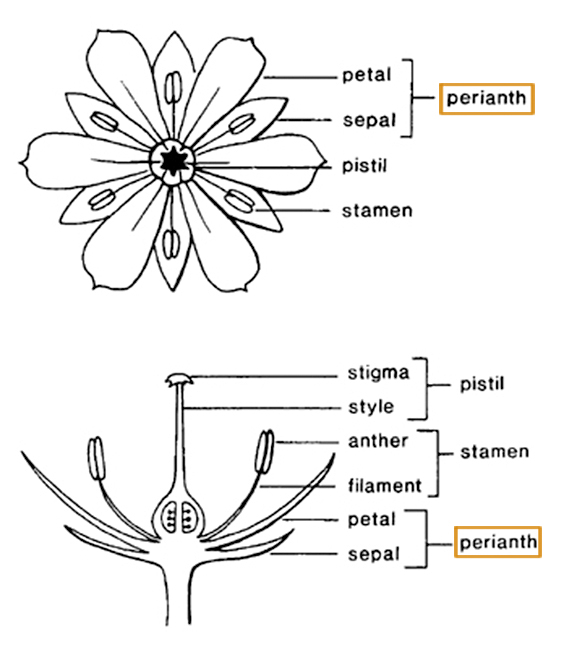 or annual, monoeciousmonoecious:
or annual, monoeciousmonoecious:
(adj) having separate male and female flowers on the same individual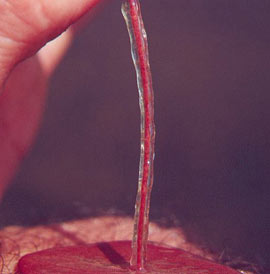 or dioeciousdioecious:
or dioeciousdioecious:
(adj) having separate male and female flowers on different individuals of the same species
 . Stem contracted or elongated. Leaves spirally arranged in rosetterosette:
. Stem contracted or elongated. Leaves spirally arranged in rosetterosette:
(n) a radiating cluster of leaves, usually close to the ground at the base of a plant
 or oppositeopposite:
or oppositeopposite:
(adj) (of leaves) two leaves per node; in pairs on opposite sides of an axis
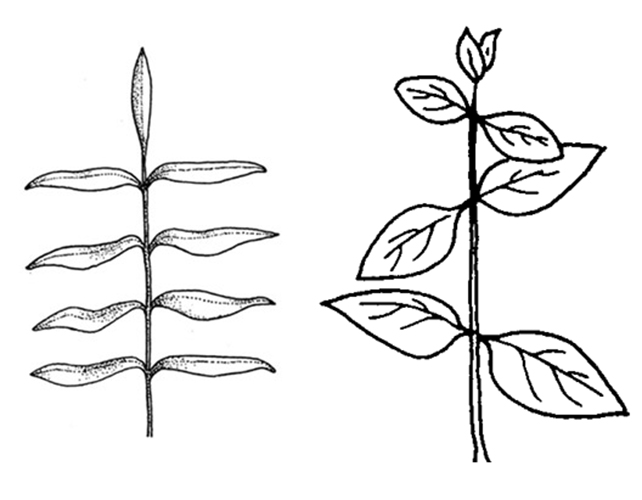 on elongate stem, sessilesessile:
on elongate stem, sessilesessile:
(adj) attached directly, without a stalk
 , linear to lanceolatelanceolate:
, linear to lanceolatelanceolate:
(adj) lance-shaped; widest point below the middle, tapering to the apex
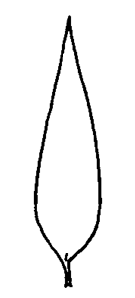 , ribbon-like, venationvenation:
, ribbon-like, venationvenation:
(n) the arrangement of veins in a leaf
 parallel, midveinmidvein:
parallel, midveinmidvein:
(n) the primary, usually central vein of a leaf or leaflet
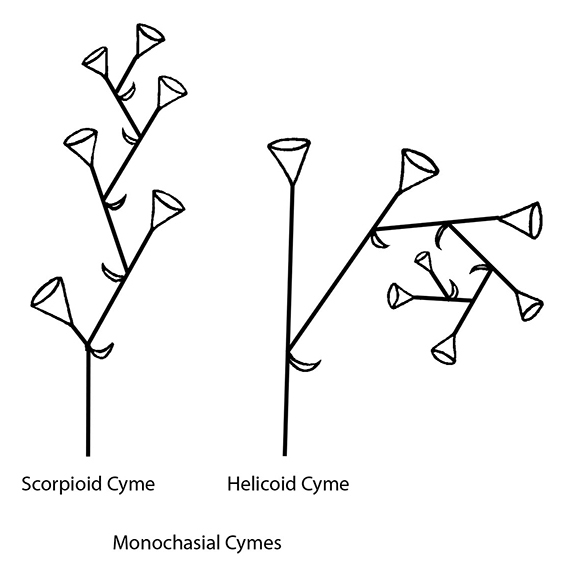 prominent; marginmargin:
prominent; marginmargin:
(n) edge; rim
 finely serrateserrate:
finely serrateserrate:
(adj) (of a leaf margin) bearing sharp teeth pointing forward or to the apex
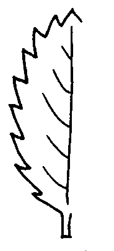 . Inflorescenceinflorescence:
. Inflorescenceinflorescence:
(n) the arrangement of flowers on the floral axis
 solitary or many-flowered, subtended by tubulartubular:
solitary or many-flowered, subtended by tubulartubular:
(adj) (of a corolla, perianth, calyx tube or other structure) (1) tube-shaped; cylindrical: narrow and elongate with more or less straight sides; (2) having segments fused into a tube (of any shape)
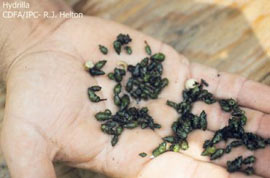 spathe formed from two fused bracts, sessilesessile:
spathe formed from two fused bracts, sessilesessile:
(adj) attached directly, without a stalk
 or distinctly pedunculatepedunculate:
or distinctly pedunculatepedunculate:
(adj) borne on or possessing a peduncle
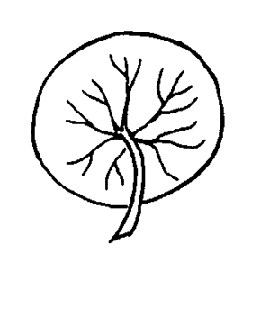 . Flowers bisexualbisexual:
. Flowers bisexualbisexual:
(adj) having both male and female sexual reproductive structures on one individual or in one flower
 or unisexualunisexual:
or unisexualunisexual:
(adj) (of a flower) with either stamens (male) or pistils (female) but not both; consisting of only male or female flowers
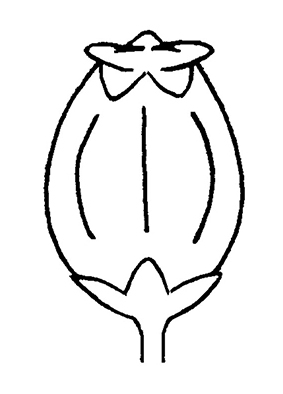 , female flower sessilesessile:
, female flower sessilesessile:
(adj) attached directly, without a stalk
 , male pedicellatepedicellate:
, male pedicellatepedicellate:
(adj) borne on a pedicel
 ; sepals 3, distinct, elongate; petals 3, white (rarely reddish), linear to filamentous, flaccid, fringed. Flower opens at or above water surface, pollinated by insects, or remains closed below water surface and is self-fertilized (cleistogamouscleistogamous:
; sepals 3, distinct, elongate; petals 3, white (rarely reddish), linear to filamentous, flaccid, fringed. Flower opens at or above water surface, pollinated by insects, or remains closed below water surface and is self-fertilized (cleistogamouscleistogamous:
(adj) (of flowers) remaining closed, self-pollinating, and setting fertile seed
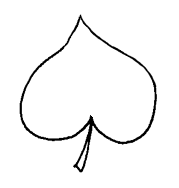 ). Seeds with longitudinal rows of tubercles or spines. Dispersal by seed, stolons or stem fragments.
). Seeds with longitudinal rows of tubercles or spines. Dispersal by seed, stolons or stem fragments.
ponds and streams
A widely distributed genus containing twelve species from Africa to Australia: four species in Africa, one in Madagascar, and seven in warmer regions of Asia to Australia.